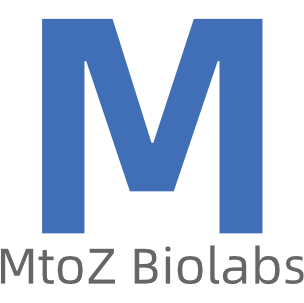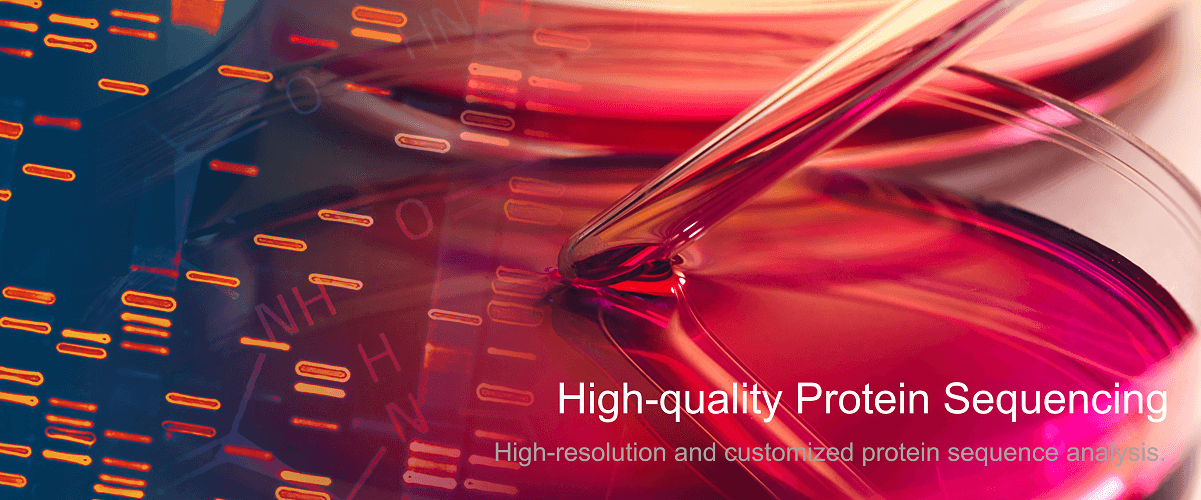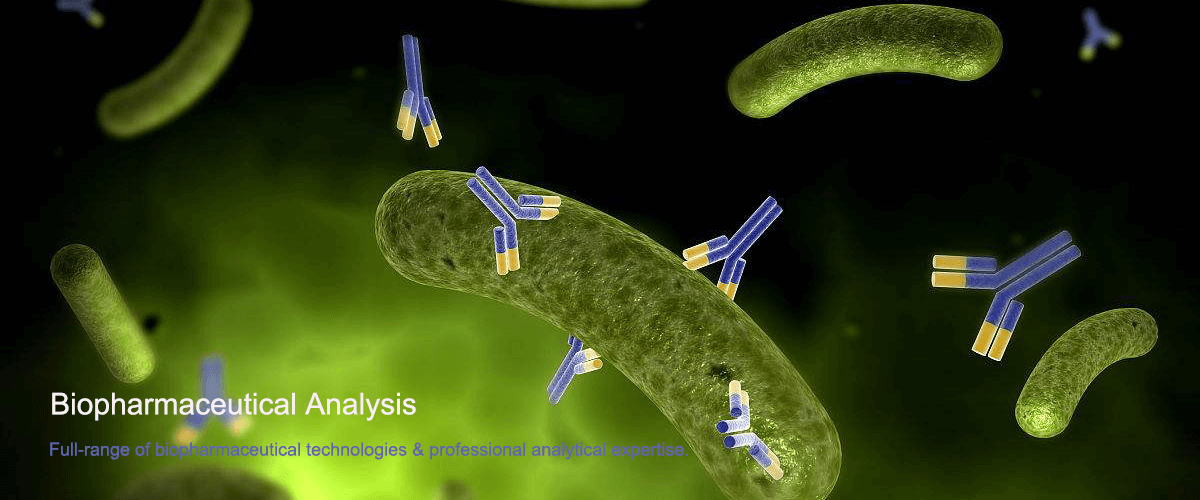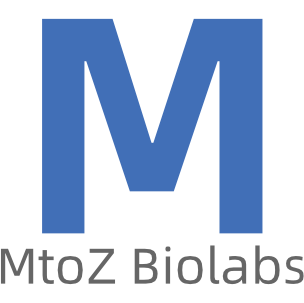Fundamental Methods and Techniques of Infrared Spectroscopy Analysis
Infrared (IR) spectroscopy is a technique used to identify chemical bonds and functional groups in both organic and inorganic samples. Its principle is based on the absorption of infrared light at specific wavenumbers (typically expressed in cm⁻¹) by chemical bonds within molecules, resulting in vibrational transitions.
The following outlines the essential steps and key considerations in infrared spectroscopy analysis:
Understanding the Basics
IR spectra are generally divided into two regions: the near-infrared region (~4000–1400 cm⁻¹) and the far-infrared region (~1400–400 cm⁻¹).
Different chemical bonds and functional groups absorb infrared light at characteristic wavenumber ranges.
Identifying Wavenumbers
Observe the absorption peaks in the spectrum and record their corresponding wavenumbers.
Refer to IR spectral tables or databases to match specific absorption bands with corresponding chemical bonds or functional groups.
Analyzing Peak Characteristics
1. Position
Certain functional groups exhibit absorption within specific wavenumber ranges.
2. Intensity
Peak intensity may indicate the presence or concentration of a particular functional group.
3. Shape
For instance, the absorption of hydroxyl groups (OH) typically appears as a broad and weak peak, whereas the carbonyl group (C=O) yields a sharp, intense peak.
Common Absorption Wavenumbers
OH (alcohols or acids): ~3200–3600 cm⁻¹
CH (alkyl groups): ~2850–2960 cm⁻¹
C=O (ketones or aldehydes): ~1700–1750 cm⁻¹
C=C (carbon-carbon double bonds): ~1600–1680 cm⁻¹
Considering Other Influencing Factors
1. Impurities or Solvents
Sample purity and solvent choice can introduce additional absorption peaks in the spectrum.
2. Moisture
The presence of moisture in the sample or equipment may produce an OH absorption band near 3400 cm⁻¹.
Integrating with Other Spectroscopic Data
Combining IR spectroscopy with data from nuclear magnetic resonance (NMR), mass spectrometry (MS), or other analytical methods can offer a more comprehensive understanding of molecular structure.
Infrared spectroscopy is a powerful analytical tool that provides valuable insight into the presence of functional groups and chemical bonds within a compound. With familiarity and regular application, researchers can interpret IR spectra more effectively and extract meaningful structural information.
MtoZ Biolabs, an integrated chromatography and mass spectrometry (MS) services provider.
Related Services
How to order?

